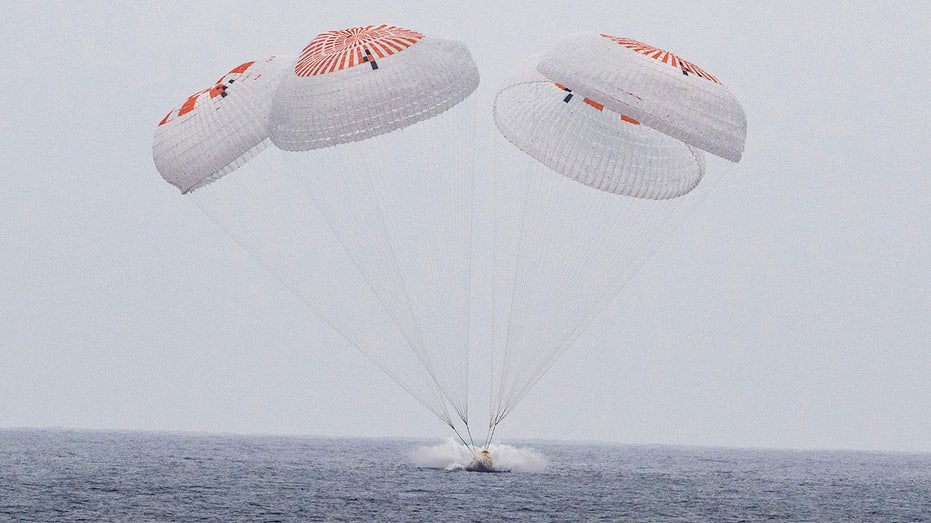Historic Pacific Splashdown Marks Return of Crew from ISS Mission

Successful Return of Crew from International Space Station
Four astronauts who arrived at the International Space Station (ISS) earlier this year to replace stranded crew members have safely returned to Earth. Their re-entry took place on Saturday morning, marking a significant milestone in spaceflight history.
Historic Splashdown Off the California Coast
NASA astronauts Anne McClain and Nichole Ayers, along with Japan’s Takuya Onishi and Russia’s Kirill Peskov, descended in a SpaceX Crew Dragon capsule into the Pacific Ocean near Southern California at 11:33 a.m. ET. This event was notable for being the first Pacific splashdown involving NASA since 1975 and only the third such mission for SpaceX carrying crew members.
A Return to a Historic Tradition
The last time NASA astronauts splashed down in the Pacific was during the Apollo-Soyuz Test Project in 1975—an iconic joint mission with the Soviet Union that symbolized international cooperation during the Cold War era. The recent successful recovery signals a revival of this historic landing method.
Background of the Mission and Crew Replacement
The crew launched in March to take over for Suni Williams and Butch Wilmore, who had been stranded at the ISS for nearly nine months. Originally scheduled for a brief week-long stay, their mission extended due to technical issues with the Boeing Starliner spacecraft, which experienced thruster malfunctions and helium leaks.
NASA determined that returning the original crew via the Starliner was too risky. As a result, the crewless spacecraft returned to Earth, and Wilmore and Williams flew back aboard a SpaceX capsule in March, after their replacements arrived. Wilmore announced his retirement this week after dedicating 25 years to NASA.
Reflections and Future of Crew Missions
Before departing the space station on Friday, McClain expressed her hope that this mission would serve as a reminder of human potential when working together. She also acknowledged the challenges faced on Earth, emphasizing the importance of international collaboration in space exploration.
After returning home, McClain mentioned she looked forward to relaxing for a few days, while her crewmates eagerly anticipated hot showers and burgers.
Safety Measures and Recovery Operations
Earlier this year, SpaceX shifted the location of their splashdowns from Florida to California to minimize the risks associated with falling debris in populated areas. Following the splashdown, the crew underwent medical examinations before being transported by helicopter to meet a NASA aircraft headed for Houston.
NASA officials expressed satisfaction with the mission’s success. Steve Stich, head of NASA’s Commercial Crew Program, remarked, “Overall, the mission went great, and we’re glad to have the crew back. SpaceX did an excellent job recovering the crew on the West Coast.”
Dina Contella, NASA’s Deputy Program Manager for the International Space Station, added her relief and happiness, noting that the crew had orbited Earth over 2,368 times and traveled more than 63 million miles during their 146-day stay at the station.
Celebrating Human Achievement in Space
This mission exemplifies the ongoing advancements in crewed spaceflight, international cooperation, and the importance of safety in exploring the final frontier. The successful Pacific splashdown signifies not only a safe return but also the resilience and progress of modern space programs.




